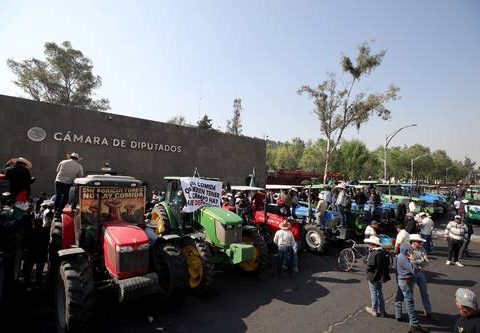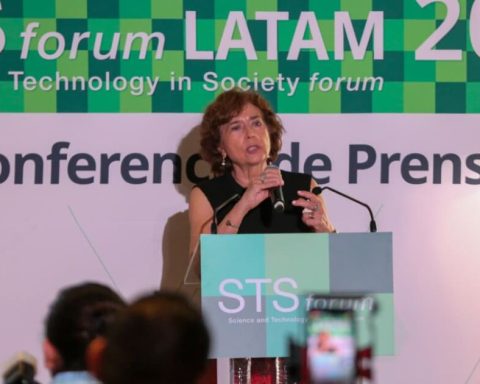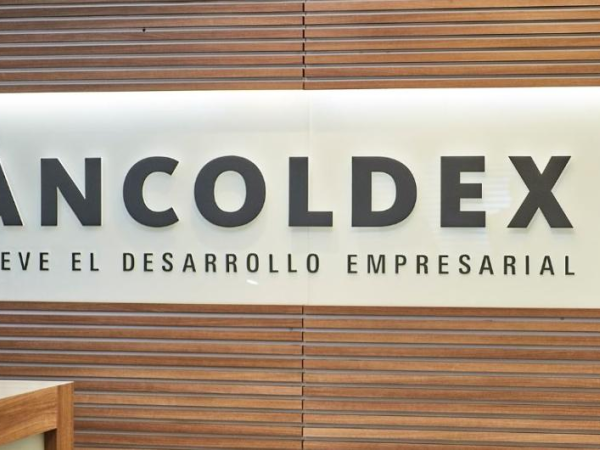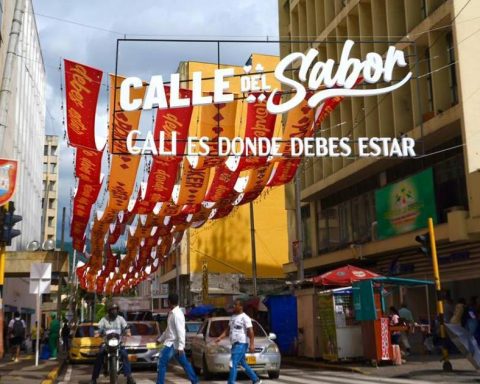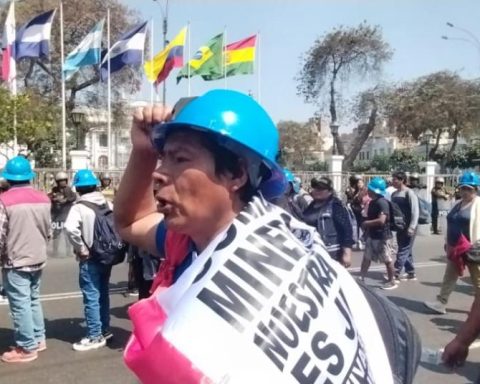Victor M. Toledo /II
c
as we pointed out In the first part of this essay, the second theoretical platform that is useful to understand the challenges of the Fourth Transformation (4T) is the one contained in the work Deep Mexico, a civilization denied (1987), by Guillermo Bonfil-Batalla. In that book its author distinguishes between tradition (deep Mexico
) and modernity (imaginary Mexico
), the first visualized in the periphery and the second in the center, two spaces where two different civilizational models live in permanent interaction.
The first is rural in nature, a product of the long history of the Mesoamerican civilization of several thousand years, and represented by indigenous or native peoples and comparable communities (mestizo peasants). The second resulting from the country’s insertion into the urban industrial world and consequently into globalization. The question is: how prevalent is this situation today given that it was formulated by Bonfil-Batalla 37 years ago? We find the answer in two statistical sources: the 2020 General Population and Housing Census and the recently published Atlas of social land ownership in Mexico2024. The first leaves the urban population at 79 percent and the rural population at 21 percent with the novelty that the latter not only remained in relation to what was registered in 2010, but also increased slightly. He Atlasfor its part, tells us, through 60 highly detailed maps, that half of the country’s territory (99.6 million hectares) continues to be social property: 32,251 agrarian nuclei with 29,827 ejidos and 2,824 communities. The above is still in force despite the agrarian counter-reform of Carlos Salinas de Gortari, in 1992, which modified article 27.
This panorama becomes decisive when we place it in the context of the values civilizational. In it imaginary Mexico
individualism, competition and rationalism tend to predominate; in it deep Mexico
On the contrary, the sense of communality, mutual help, solidarity and senti-thought prevail. From this perspective, a State policy must favor what centripetal (ruralize cities) over centrifugal (urbanize and industrialize the countryside).
Ultimately it is about recognizing what we have held for a long time. If modernity is in crisis, it is in traditional peoples where we will find worldviews, knowledge and practices to overcome it.
Concluding. I believe that in the design of the National Development Plan, which is mobilizing thousands of voices in dozens of seminars, workshops and meetings, we should not lose sight of the philosophical and ethical discussion, and of course a long-term perspective. Let us only take the issue of poverty or social marginalization left by 30 years of neoliberalism as a tragic example of a devastated country. According to the National Council for the Evaluation of Social Development Policy (Coneval), last year 37.7 million Mexicans suffered from moderate poverty and 9.1 million from extreme poverty, equivalent to 36 percent of the national population. If the AMLO government managed to rescue between 9 and 10 million people from poverty in six years (2019 to 2024), new progressive governments would need four six-year terms or 24 years to achieve a nation without poor people.
This makes it clear that the current government must at least double the effort of the last six-year term (the poor first
) to overcome this problem that hurts and embarrasses so much.
I hope so it will be.
